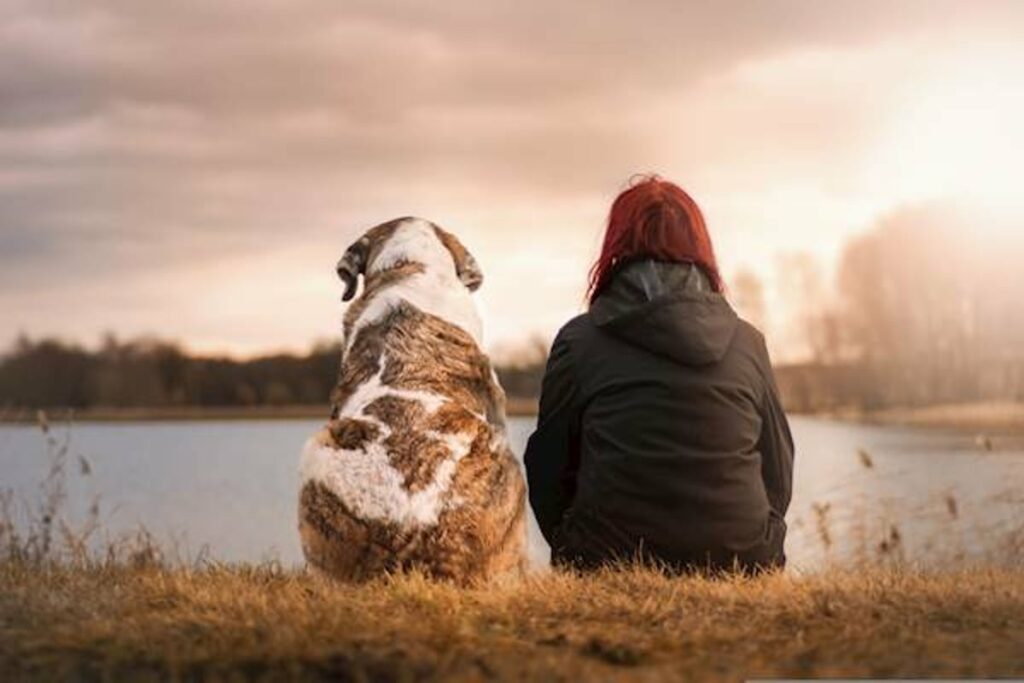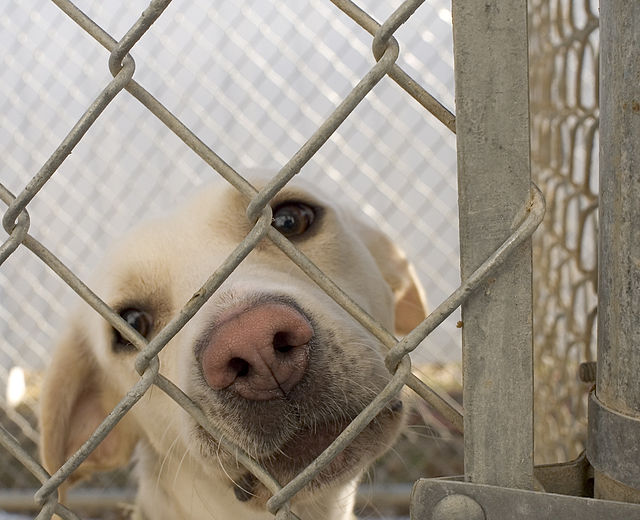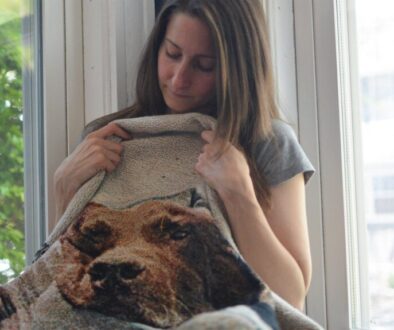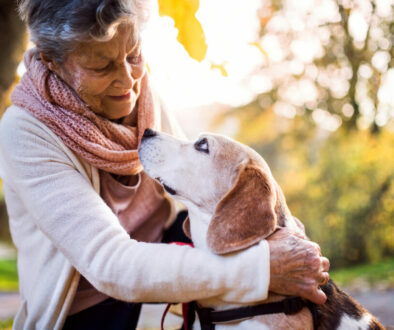Helping Other Pets Cope with the Loss of Their Companion
Loss can deeply impact pets, just as it does humans. When a beloved companion passes away, it is essential to understand the weight of grief that our furry friends experience. In this article, we will explore some effective strategies for helping other pets cope with the loss of their companion, ensuring their well-being and emotional recovery.
Understanding the Impact of Loss on Pets
Pets have a remarkable ability to form deep emotional bonds with their companions. Just like humans, they experience a range of emotions, including grief, when their companion passes away. Understanding the impact of loss on pets is crucial in providing them with the support they need during this difficult time.
One aspect to consider is pets’ emotional intelligence. They can sense changes in their environment and the emotions of their human family members. When a companion is no longer present, pets may experience confusion, sadness, and even depression. They may exhibit behaviors such as listlessness, withdrawal, or seeking excessive attention.

Pets also go through a mourning process, just as humans do. They may show signs of searching for their lost companion, such as looking for them in familiar spots or waiting by the door. Some pets may display separation anxiety or become more clingy as they try to cope with the loss.
Identifying Signs of Grief in Pets
It is important for pet owners to be observant and recognize the signs of grief in their pets. Behavioral changes are often the first indication that a pet is mourning the loss of their companion. They may become more reserved, less interested in activities they once enjoyed, or show a decrease in overall energy levels.
Loss of appetite and sleep disturbances are common signs of grief in pets. They may eat less, become disinterested in their food, or even refuse to eat altogether. Sleep patterns may be disrupted, with pets experiencing difficulty in falling asleep or sleeping restlessly.
It is essential to note that grieving pets may also exhibit physical symptoms such as weight loss, hair loss, or even gastrointestinal issues. These physical manifestations of grief can be a result of the emotional distress they are going through.
The Importance of Support and Understanding
When a pet is grieving, they need the support and understanding of their human family members. Empathy plays a vital role in providing comfort to pets during this challenging time. Spending quality time with them, offering gentle and reassuring words, and providing physical touch can help alleviate some of their grief.
Creating a safe space for expression is also crucial. Pets may exhibit different behaviors as they process their emotions. It is important not to scold or punish them for any changes in their behavior during this time. Instead, offer patience, reassurance, and positive reinforcement for small steps they take towards healing.

In some cases, professional help may be necessary. If a pet’s grief becomes overwhelming or prolonged, consulting with a veterinarian or an animal behaviorist can provide valuable guidance. These professionals can assess the situation and recommend appropriate interventions, such as counseling or therapy, to support the pet’s emotional well-being.
By offering support and understanding, pet owners can help their grieving pets navigate through the difficult process of loss. Providing a safe and comforting environment is essential in helping them find healing and ultimately remembering their lost companion with love and fondness.
Creating a Safe and Comforting Environment
When a pet is grieving the loss of their companion, creating a safe and comforting environment can greatly aid in their healing process. Here are two important aspects to consider:
- Maintaining familiar scents and belongings: Pets are heavily influenced by scent, and familiar smells can provide them with a sense of security and comfort. It is advisable to keep the belongings of the departed companion, such as their bedding or toys, for a period of time. These scents can provide a source of familiarity and reassurance for the grieving pet.
- Designating a quiet retreat area: Just like humans, pets sometimes need a quiet space to retreat and process their emotions. Designate a specific area in the house where the pet can find solace. This could be a cozy corner with their bed or a quiet room where they can have some uninterrupted alone time. Make sure this area is free from disturbances and provides a sense of security.
Providing Opportunities for Social Interaction
While pets may be deeply mourning the loss of their companion, it is still important to provide opportunities for social interaction. Here are two ways to achieve this:
- Interaction with supportive humans: Spending quality time with supportive humans can play a big role in helping a grieving pet. Whether it’s playing, cuddling, or engaging in activities they enjoy, the presence and attention of caring individuals can alleviate their grief and provide necessary emotional support. This interaction aids in reminding the pet that they are not alone and have other sources of love and companionship.
- Controlled introductions to friendly animals: Introducing a new companion can be a positive step in helping a grieving pet navigate their loss. However, it is crucial to approach this process gradually and with caution. Controlled introductions to friendly animals, such as a friend’s pet or a well-socialized animal, can provide opportunities for socialization and companionship. This should be done under supervision to ensure the grieving pet feels comfortable and safe throughout the process.
By creating a safe and comforting environment and providing opportunities for social interaction, pet owners can help their grieving pets gradually adjust to their new reality. These steps can aid in minimizing feelings of loneliness and provide companionship and support during their healing journey.

Offering Therapeutic Activities and Toys
In addition to creating a comforting environment and providing social interaction, offering therapeutic activities and toys can further assist in helping a grieving pet cope with their loss. Here are two ways to incorporate such activities:
- Engaging pets with puzzle toys: Puzzle toys challenge a pet’s mental and physical abilities, providing a healthy and stimulating distraction. These toys can help redirect their focus and provide entertainment, reducing feelings of grief and boredom. Engaging with puzzle toys can also stimulate their problem-solving skills and boost their confidence.
- Calming aids such as pheromone diffusers: Calming aids, such as pheromone diffusers, can help soothe a grieving pet’s emotions. These diffusers release synthetic pheromones that mimic the natural calming scents produced by mother dogs or cats. The familiar scent can help reduce anxiety and create a calming atmosphere for the pet.
Seeking Professional Help if Needed
While many pets can navigate through the grieving process with the support of their owners, some may require professional intervention. Here are two important aspects to consider:
- Recognizing severe grief symptoms: It is essential for pet owners to be aware of severe grief symptoms in their pets. These may include prolonged depression, extreme withdrawal, appetite loss, self-destructive behaviors, or a significant decline in overall well-being. If these symptoms persist or worsen, it is crucial to seek professional help.

- Consultation with a veterinarian or animal behaviorist: If a pet’s grief becomes overwhelming or shows no signs of improvement, it is advisable to consult with a veterinarian or an animal behaviorist. These professionals can provide a comprehensive evaluation, identify underlying issues, and recommend appropriate interventions. This may include behavioral therapy, medication, or a combination of both to help the pet cope with their loss.
Introducing a New Companion
Introducing a new companion can be a significant step in assisting a grieving pet in its healing journey. Here are two factors to consider during this process:
- Timing considerations: It is essential to give the grieving pet enough time to mourn their loss before introducing a new companion. Rushing this process may lead to confusion or resentment. Consider the individual pet’s grieving process and readiness for a new relationship before bringing in a new companion.
- Gradual introduction process: When the time is right, introduce the new companion gradually. Start with short supervised interactions in neutral territory, such as a park or a friend’s garden. Gradually increase the duration and frequency of the interactions, monitoring the reactions of both pets closely. Patience is key during this period as the grieving pet adjusts to the presence of a new companion.
Time to Heal: Patience and Acceptance
Healing from loss takes time, and it is important to give grieving pets the space and patience they need. Here are two aspects to consider:
- Understanding the individual grieving process: Just like humans, pets have their own unique grieving processes. Some may quickly adapt to the loss and move forward, while others may take longer to heal. It is crucial to observe and understand the pet’s individual grieving process and provide support accordingly.
- Avoid rushing the healing journey: Healing from loss is not a linear process, and it is essential to avoid rushing the pet’s healing journey. Allow the pet to set their own pace for grief resolution. Provide a patient and accepting environment, offering comfort and support whenever they need it. Trust the pet’s resilience and the healing power of time.
By offering therapeutic activities and toys, seeking professional help when needed, introducing a new companion thoughtfully, and exercising patience and acceptance, pet owners can effectively aid their grieving pets in navigating the difficult journey of loss and healing.

Conclusion: Helping Other Pets
In conclusion, helping other pets cope with the loss of their companion requires empathy, patience, and a comprehensive understanding of their emotional needs. By creating a safe and comforting environment, offering support, and allowing time for healing, we can assist our furry friends in navigating the difficult journey of grief.
Also Read:



